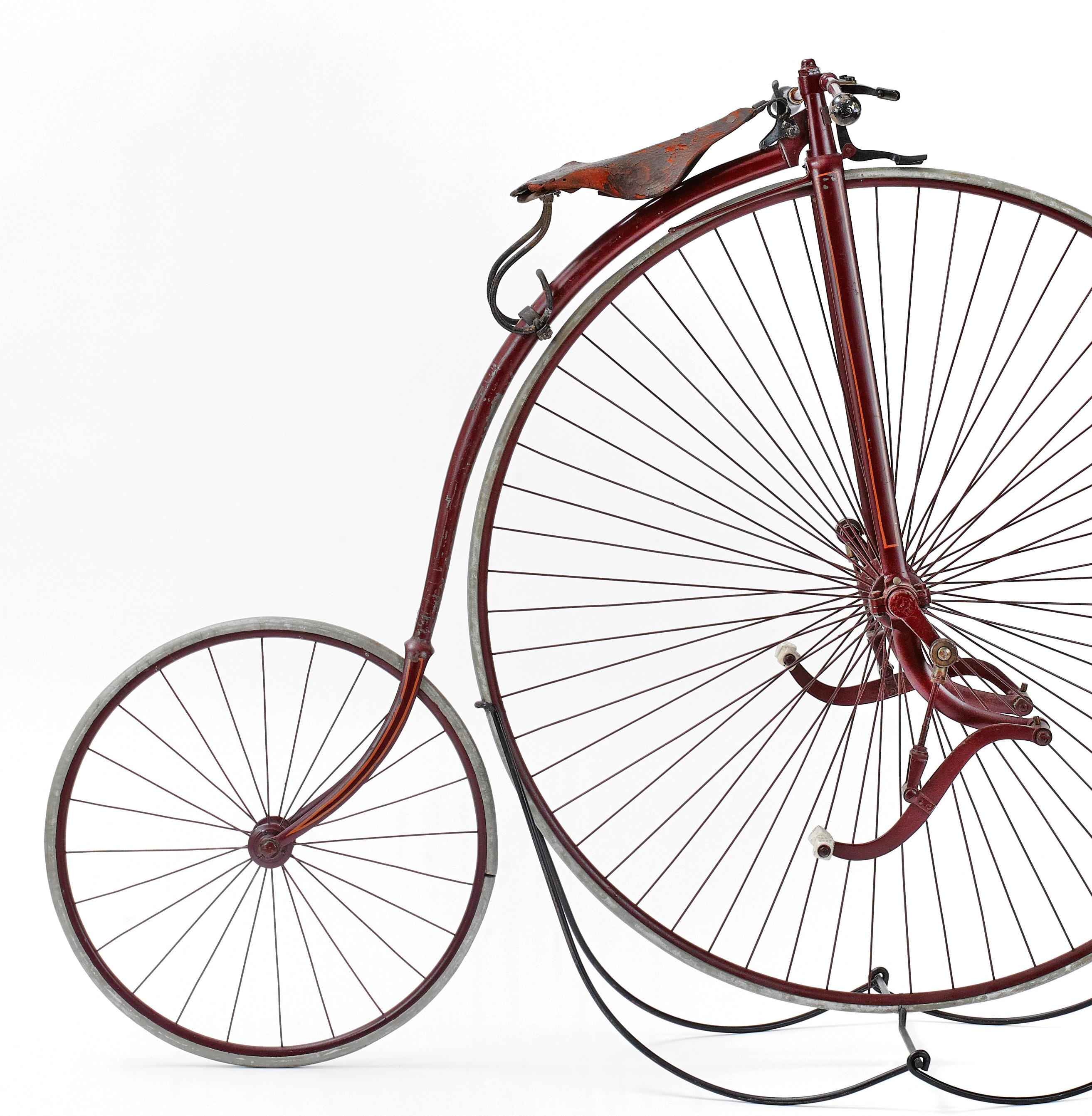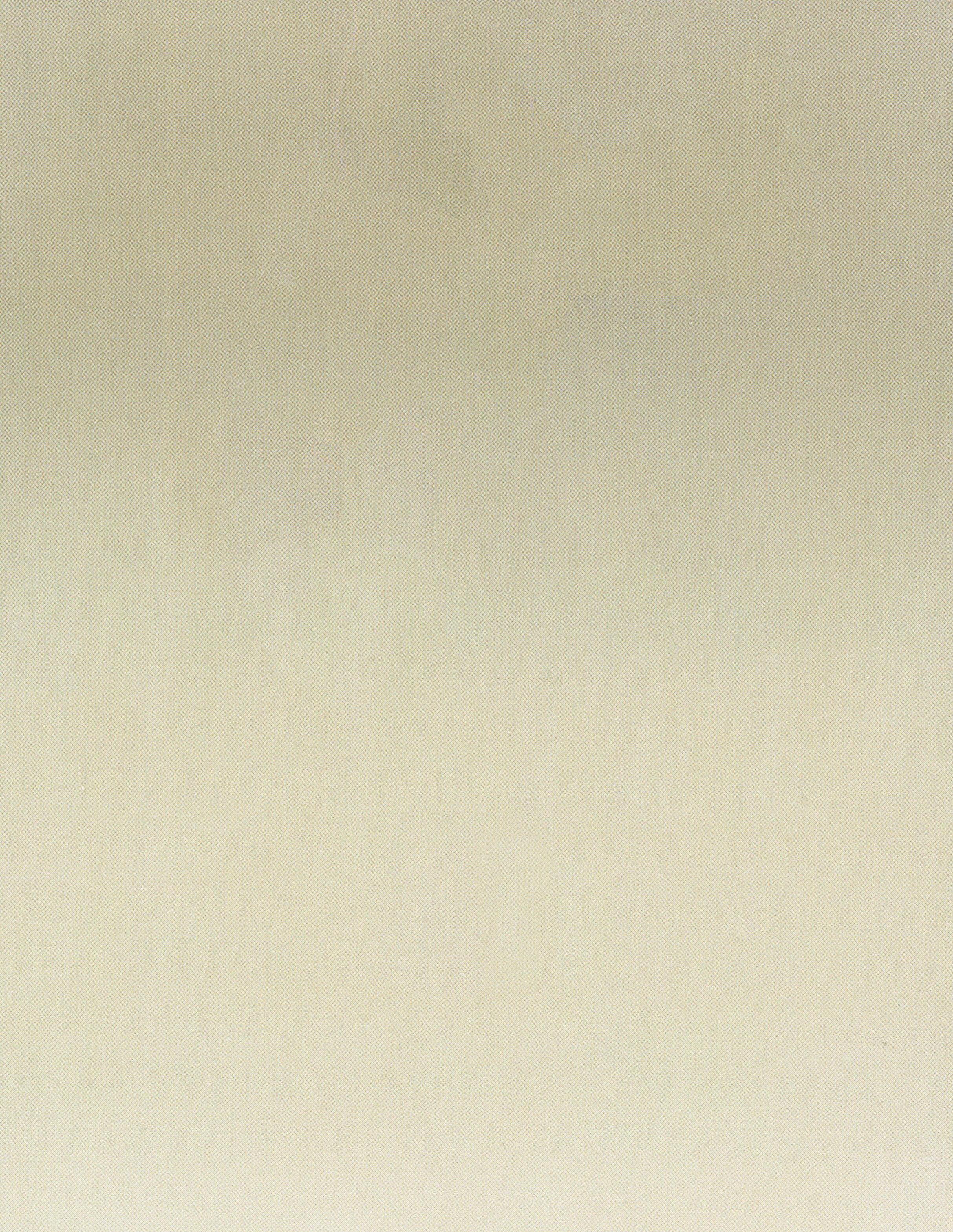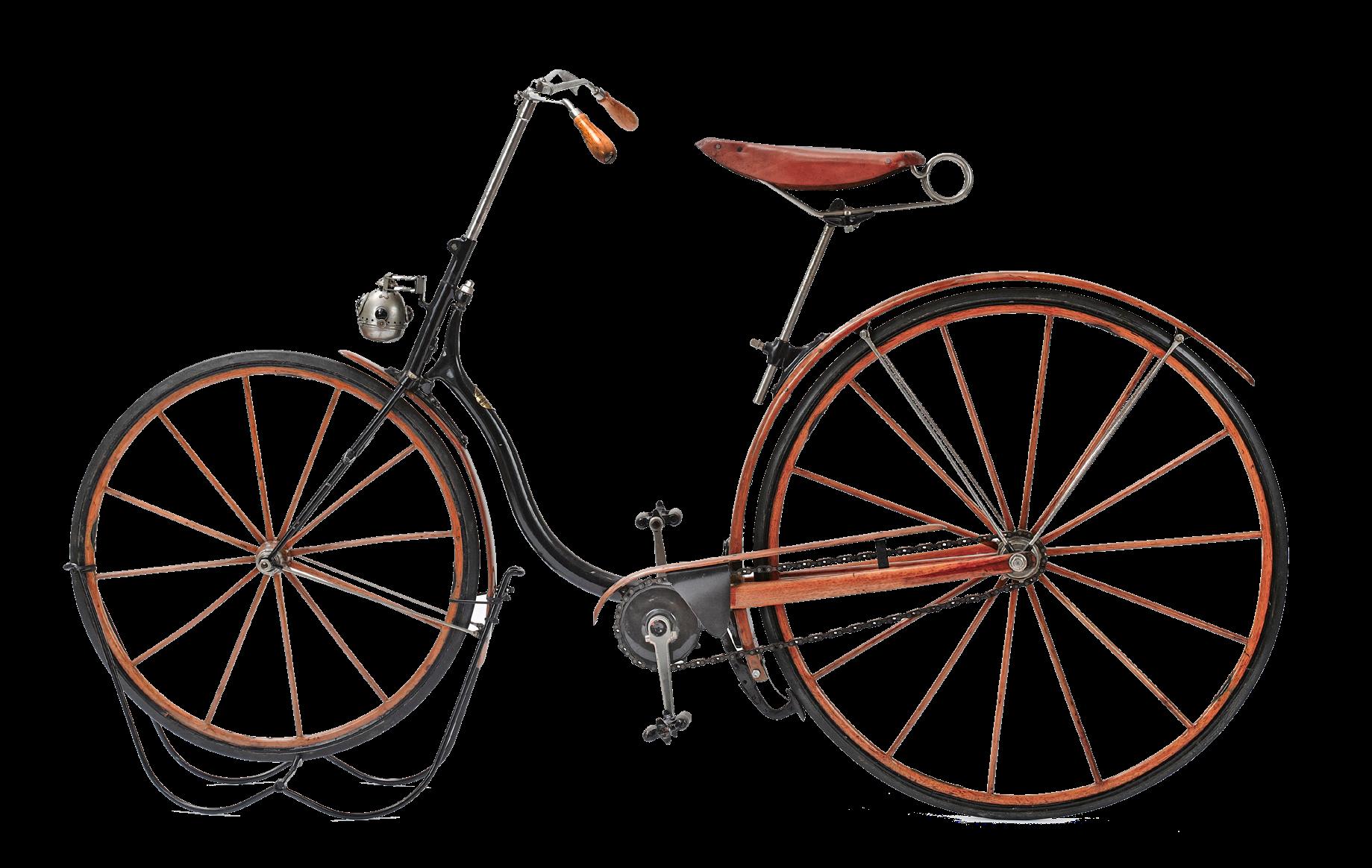Bicycles:
Technology that Changed the World





Pedaling through the streets of Gilded Age America, riders uncovered not just the thrill of speed but a sense of autonomy previously unimaginable. The bicycle became a vehicle for social change, challenging traditional gender roles and empowering women to claim independence. It was a catalyst for adventure, permitting riders to explore their surroundings, whether urban or rural, with newfound enthusiasm. Its rise marked a moment in history, when innovation met aspiration, and the very concept of transportation was reinvented.
The popularity of bicycles was also a catalyst for profound shifts across industries. At its peak, the bicycle revolution in the United States resulted in nearly 300 companies producing more than a million bicycles per year, making it one of the Nation’s largest industries. The demand for bicycles fueled innovations in manufacturing, leading to the growth of the steel industry, rubber production,
and the rise of assembly-line methods that would later transform mass production. Bicycles paved the way for engineering breakthroughs, fostering a culture of invention and technological progress that laid the foundation for automobiles and airplanes and triggered an urban revolution, reshaping the very landscape of cities. Urban planners, confronted with the influx of bicyclists, began paving roads, introduced bicycle lanes, and advocated for the maintenance of clean streets, paving the way for the American automobile culture that would follow in the twentieth century.
This exhibition is the story of the bicycle’s rise to universal popularity, as a passport to independence and an expression of personal style, that led to its enduring popularity. A symbol of freedom, health, and sustainability, the bicycle is a testament to human ingenuity and the relentless pursuit of progress.


The first bicycle race was held in Paris on May 31, 1868, and in the United States on May 24, 1878. By the 1890s, there were 100 bicycle racing tracks in the United States.
The late 1800s witnessed a remarkable rise in the popularity of bicycling as a sport, a phenomenon that captivated individuals across the globe. This surge was propelled by technological advancements in bicycle design, the creation of dedicated racing venues like velodromes, and the emergence of cities like New York as prominent racing hubs.
Velodrome racing, a form of bicycling conducted on ovalshaped banked tracks, became a cornerstone of competitive sports during this era. Velodromes provided controlled environments for riders to showcase their speed, endurance, and tactics. The banking of the tracks allowed bicyclists to achieve higher speeds and added an element of excitement to the sport.
In cities like New York, races were tremendously popular. The streets of New York City were transformed into dynamic racecourses, attracting both participants and spectators. The city’s parks, roads, and even the iconic Central Park became the backdrop for thrilling bicycling events that drew large crowds.

Bicyclists of this era rode a variety of bicycle designs tailored for different racing styles, including the high wheeler. This design allowed for higher speeds. As the sport evolved, safety bicycles gained prominence. These bicycles, with two wheels of equal size, a chain-driven rear wheel, and a diamond-shaped frame, offered greater stability and safety for riders.
The rise of bicycling as a sport in the late 1800s not only provided entertainment but also fostered innovation in bicycle technology and athletic training.

Exhibition Run: 12 weeks
Space Requirements: 250-300 linear feet, or 1,500-1,750 square feet.
Publication: The exhibition is accompanied by an exhibition catalogue that will be made available to exhibitors.
Pricing: $60,000 plus shipping Fee includes 20 historic bicycles, many pieces of ephemera and rare accessories, historic film, photographs, panel text, and label text.
Shipping
• Southeast: $3,500 • Midwest: $7,500
• East Coast: $5,500 • West Coast: $9,500
Add-Ons
• Up to five additional bicycles: $1,000
• Exhibit design consultation by Flagler Museum curatorial staff: $10,000
- Fee includes colors, install oversight, construction oversight and panel design.
Contact: Campbell Mobley, Curator curator@flaglermuseum.us, 561-655-2833, ext. 29

“Amazing exhibit! Congratulations on an amazing job showing the transformational effect of the bicycle on society!” – Lili D.
“We came down from St. Augustine for this and we weren’t disappointed!” – Stacey, St. Augustine, FL
“Very well done! Informative, interesting, and amazingly influential technology.” – Michel, Montreal, Quebec.
“Valuable collection. How the wheel changed our life experience.” – Neeta G.
Pedal Power: Flagler Museum show demonstrates how bicycles changed the world by Jan Sjostrom, published in Florida Weekly, November 16, 2023

Flagler Museum hosts collection of bicycles, including one owned by a President by Kristina Webb, published by Palm Beach Daily News, December 7, 2023



Bicycles | Flagler Museum by Dave Pinter, published in SEEN.TODAY, December 18, 2023


